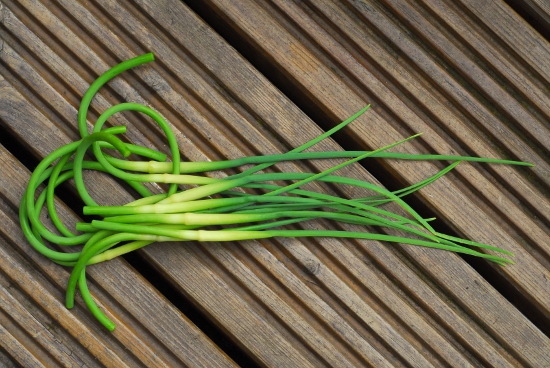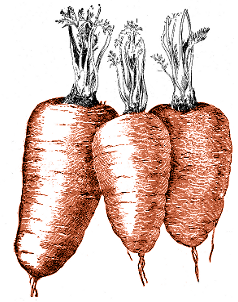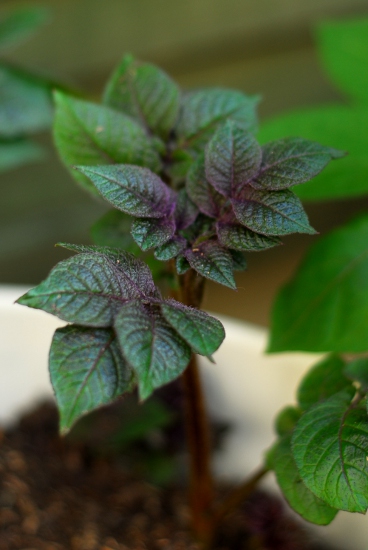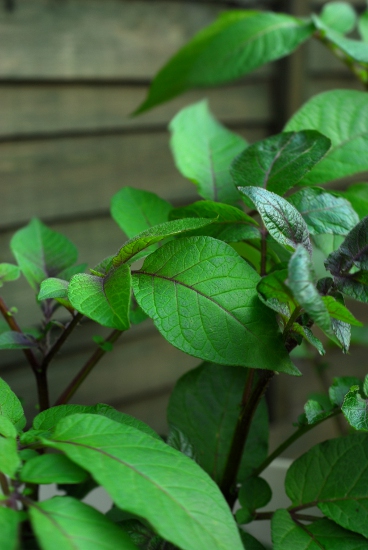Midpoint
A week ago, we passed the midpoint of the calendar year; a week or two before that, the midpoint of the solar year. A good place, I thought, to put together a little bit of a summary on how things are growing so far. With the weather, of course, it’s not going too well. There are bright spots, though. Here’s a summary, at least of the plants that are worth talking about.
- Potatoes: they’re not quite ready yet. Of the two batches of potatoes I planted, the first seem to be doing quite well. The second, though, are having problems. When I planted them, they were already far too leggy, and they stayed far too leggy as they grew. Because of that, they haven’t coped with the weather at all: they have flopped all over the place. For some reason, floppy potato plants are far more attractive to slugs and snails than tidy, well-behaved ones are.
- Green beans: the first batch were planted far too early, but happily sat in their pot for a month or two until the weather was warm enough. They’ve just reached the top of their poles, buds are starting to come, and the second batch I germinated are now ready to pot on.
- Runner beans: these went in a bit later than the green beans, and are already in full flower. They seem to be a little reluctant to set fruit, though; only one or two tiny embryo beans have been spotted so far. The standard advice for persuading beans to set seems to be “spray the flowers with water”, but given the weather I don’t really think that would help. Most of the salad leaves I planted around the base of the beans completely bolted before the weather turned wet, but some of the lettuce has been harvested and eaten.
- Garlic: also looking a bit windblown, and also not quite ready yet. They have, in the past couple of days, very quickly put forth a scape on each plant: the scapes are now safely in the fridge for eating.

- Peas: if you ever hear anyone say to you “semi-leafless peas are self-supporting when sown in a block”, put your hands over your ears. And tape their mouth shut. And shoot them. This may be true in theory, but in reality I found that the growing peas could not cope at all with the weight of their pods. The first batch has already been harvested; and when I took them down, I could see just how twisted and serpentine the later batches have become. A final extra-big batch has been sown and planted on, spaced slightly further apart and with a lot more support provided by horizontal strings: I suspect the tight planting of the first couple of batches was the cause of the large number of pods with just two or three peas inside.
- Courgettes: the first of these were planted on about a month ago now, and seem to be doing fairly well. The first few flowers have bloomed: the problem is that with only a handful of plants, and the flowers only lasting a few days, it is difficult to get male and female flowers in bloom at the same time.
- Lemon balm: I picked these seeds up at the Bristol Seed Swap at the Cube Cinema back in February. Back in May, I put them in a pot, and waited for them to grow. Nothing happened, and I assumed something had gone wrong: all died, all rotted, all eaten by evil weevils. However, just this morning, I spotted one tiny seedling starting to emerge. Maybe it will turn out to be a lemon balm plant. So there’s a bright spot.
Writing out a list like this makes me aware of just how many different plants there are in the garden at the moment: I haven’t even had space to mention the mint; the basil mint; the peppermint; camomile; chervil; borage; French marigolds; English marigolds; cornflowers; thyme; lemon thyme; sage; rosemary; lavender; sweet peas; flat parsley; curly parsley; the fennel; or the chard. Probably best not to mention the chard at all, in fact, because I’m sure it’s a bad sign when your chard and your beans are the same height. Time to plant some more there, I think.



